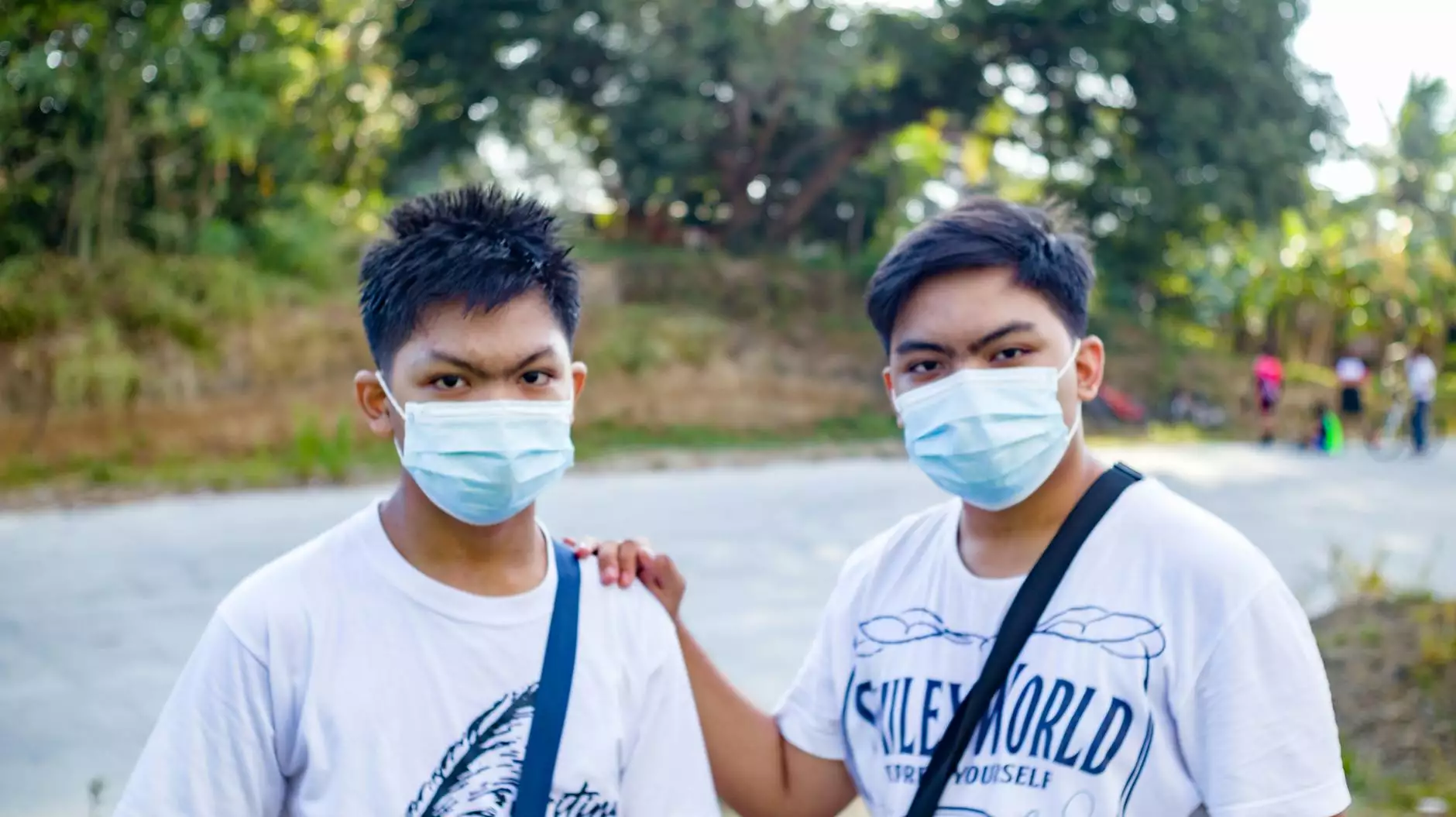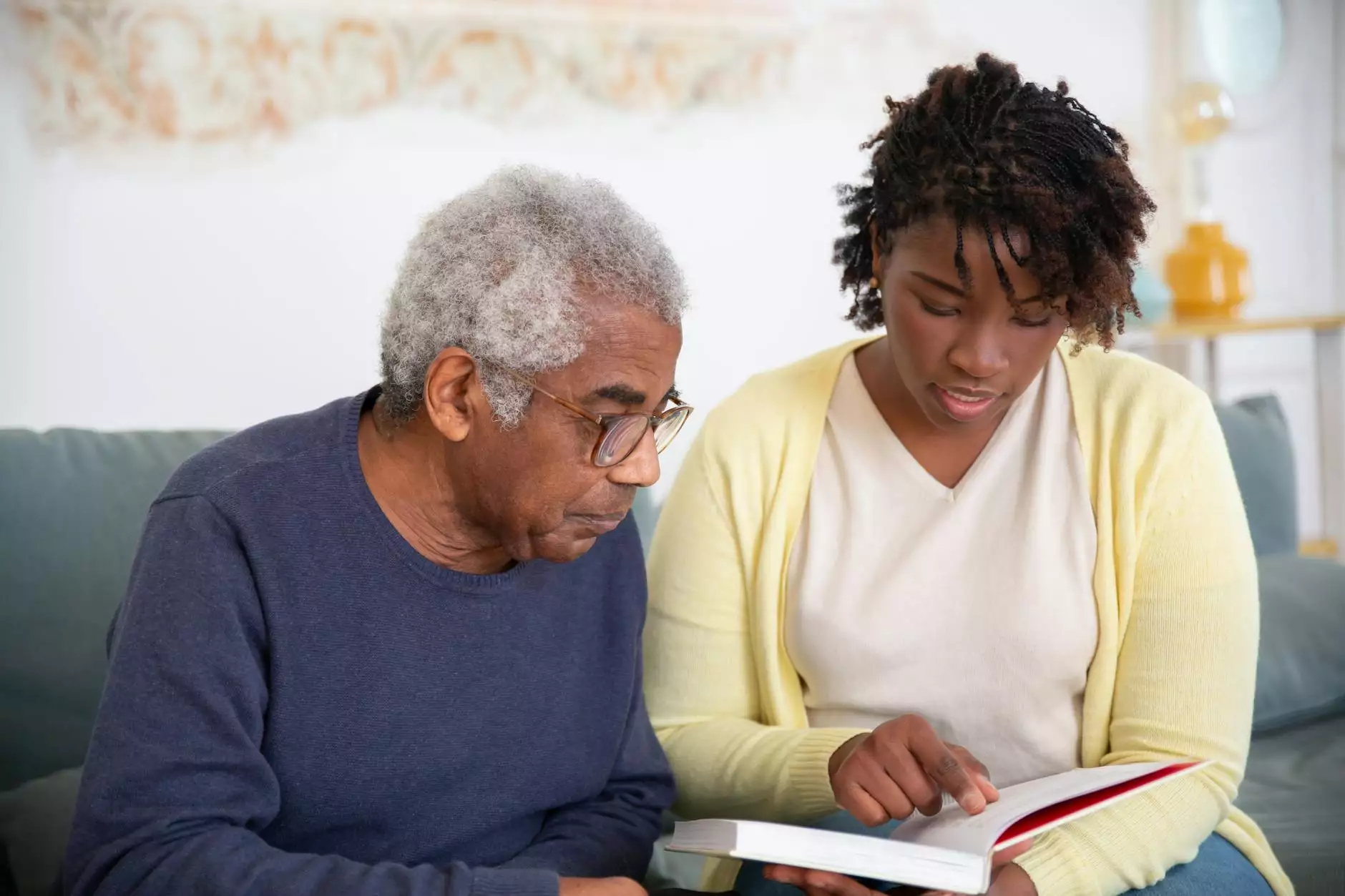Here's what to do to help someone having a seizure

Understanding Seizures
Seizures are neurological events that can be both frightening and potentially dangerous. They are caused by sudden and abnormal electrical activity in the brain. Seizures can range in severity and can affect people of all ages. It is crucial to have the knowledge and skills to handle a seizure to ensure the safety and well-being of the individual affected by it.
Immediate Response
When witnessing someone having a seizure, it is vital to stay calm and take immediate action to ensure their safety:
- Time the seizure: Keep track of the duration of the seizure. If it lasts longer than five minutes, it is considered a medical emergency, and you should call for medical assistance immediately.
- Protect the person: Gently guide them to the ground if they are standing or sitting on an unstable surface. Clear the area of any hazardous objects or furniture to prevent injury during the seizure.
- Prevent choking: If possible, turn the person onto their side to prevent choking on saliva or vomit. This position also helps with clear breathing.
- Do not restrain: Avoid restraining their movements, as it may lead to injury or aggravate the seizure. Allow the seizure to run its course naturally.
- Stay by their side: Stay with the person until the seizure ends. It is crucial to offer reassurance and comfort during the process.
What Not to Do
It is just as important to know what not to do when someone is having a seizure:
- Do not put anything in their mouth: Contrary to popular belief, it is not necessary to insert a spoon or any other object in the person's mouth to prevent biting. This can cause injury or choking.
- Do not attempt to stop the movement: It is essential to allow the seizure to run its course naturally. Trying to stop or control their movements can be dangerous.
- Do not panic: Panicking can escalate the situation and make it more challenging to provide the necessary assistance. Stay calm and focused.
After the Seizure
Once the seizure has ended, it is crucial to continue providing support:
- Maintain a calm environment: Help the person regain their bearings by creating a calm and quiet space. Reducing unnecessary stimuli can aid in their recovery.
- Offer reassurance: Be understanding and comforting. Let them know that they are safe and that you are there for support.
- Provide first aid if needed: Assess for injuries and provide necessary first aid. If the person is unresponsive or having difficulty breathing after the seizure ends, call for emergency medical attention.
- Encourage medical follow-up: Recommend the affected individual to seek medical evaluation to determine the underlying cause of the seizure and to develop an appropriate treatment plan if necessary.
Conclusion
Knowing how to provide first aid and assistance to someone experiencing a seizure is essential for their safety and well-being. Norton Community Medical Associates is dedicated to educating individuals on seizure first aid and offering support in managing and understanding seizures. By following these guidelines and staying calm, you can play a crucial role in ensuring the best possible outcome for someone having a seizure.










